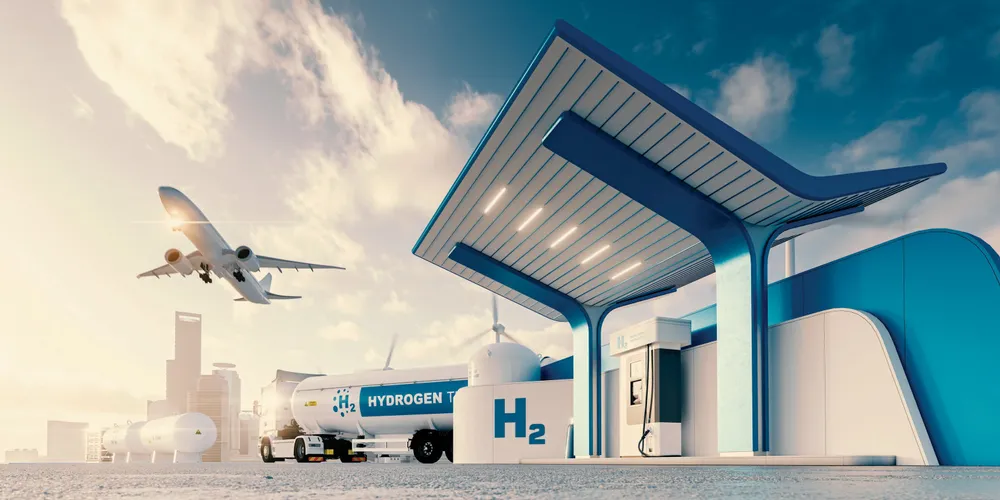Start-up unveils $3bn green hydrogen hub plan ten times larger than any rival US project
The Mississippi Clean Hydrogen Hub would produce an estimated 110,000 tonnes of renewable H2 annually, with 70,000 tonnes stored in underground salt caverns

The Mississippi Clean Hydrogen Hub would produce an estimated 110,000 tonnes of renewable H2 annually, with 70,000 tonnes stored in underground salt caverns
